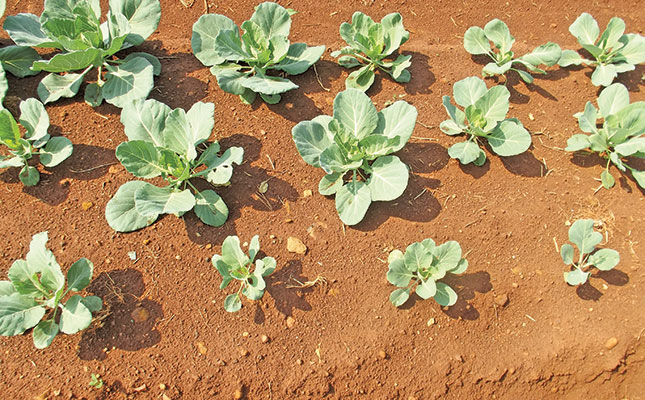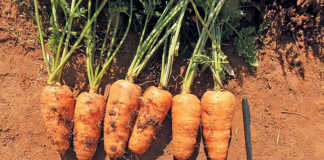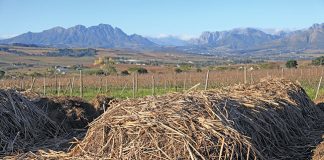
Photo: Bill Kerr
It is not just how much nitrogen (N) is applied to the cabbage field, but also the stages of application and the importance of understanding how easily it is lost in certain circumstances.
Starting off with seedlings, these are often lacking in N due to the hardening process in the nursery. Soft seedlings are very vulnerable when exposed to harsh conditions after transplanting. The nursery is correct in slowing down the growth rate when the plants are becoming transplant size.
However, it is the farmer’s responsibility to ensure that they are topped up with N at transplanting. The easiest and most economical procedure is to apply a closed handful of LAN to an 8ℓ to 10ℓ can of water and apply it to about 2 000 plants prior to transplanting.
I often come across farmers who complain of unevenness in their transplants’ growth.
They dig up the stunted seedlings to examine the roots and find virtually no root development, and then assume that it is the result of the plants being root-bound due to being in the nursery too long, and then complain to the nursery.
Importance of leaves and roots
If the farmer has not applied LAN to the seedlings and the N levels are low in the seedlings, the plants have neither the ability to grow leaves nor are they able to grow roots.
It is an assumption that the plant will immediately start to produce roots to search for N, but they can’t do so with insufficient energy in the plug medium.
As there are nearly always slight variations in the levels of N in the soil, some plants may have sufficient N close to the plug to be able to start growing roots and thus able to source N from the basic fertilisation and thus grow normally. This causes uneven growth in the field.
What exacerbates the problem is that when the seedlings are transplanted, the farmer is required to provide frequent light irrigations, as the difference in structure of the plug medium and the soil restricts the transfer of water from the soil into the plug by capillary action, where the roots are at this stage.
These light irrigations are important for water to enter the plug from above. The frequent irrigations also result in nitrate being leached beyond the root system.
Help the plant meet its objective
By having sufficient N available to the plants at this stage, one gets a uniform stand and the plants immediately start to grow larger leaves, which will result in a big frame to capture sunlight.
Also, by having large leaves spreading soon after transplanting, we get weed suppression. The objective of plants is to produce seeds for the next generation.
In order to produce more seeds, the plant will put on as much growth as possible both to have more reserves for the flowering process and as an evolutionary element for surviving the competition in the wild, where it would be growing amongst many other species.
Once the plant starts to grow after transplanting, it needs to ‘know’ that everything is in place for it to structure its frame to grow as big and fast as possible, which means no shortages on this route.
It only takes a little N near the plant to send it on its way. More on N next week.
Bill Kerr is a vegetable specialist and breeder.










